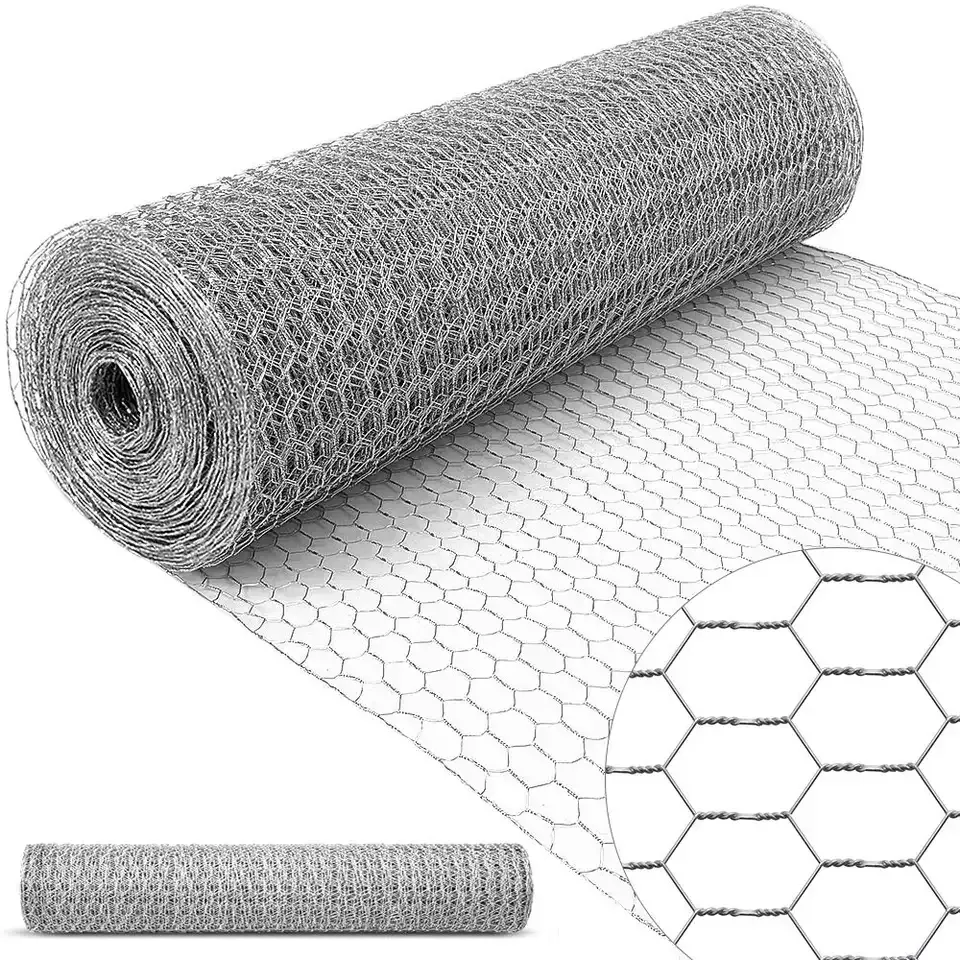
- Afrikaans
- Albanian
- Arabic
- Armenian
- Azerbaijani
- Basque
- Belarusian
- Bengali
- Bosnian
- Bulgarian
- Croatian
- Czech
- Danish
- Dutch
- English
- Esperanto
- Estonian
- Finnish
- French
- Galician
- Georgian
- German
- Greek
- hawaiian
- Hindi
- Hungarian
- Indonesian
- irish
- Italian
- Lao
- Latvian
- Lithuanian
- Luxembourgish
- Macedonian
- Maltese
- Myanmar
- Norwegian
- Polish
- Portuguese
- Romanian
- Russian
- Serbian
- Slovak
- Somali
- Spanish
- Swedish
- Thai
- Turkish
- Turkmen
- Vietnamese
Oct . 06, 2024 04:27 Back to list
padel tennis court size in meters
The Dimensions of a Padel Tennis Court A Comprehensive Overview
Padel tennis, a sport rapidly gaining a global following, combines elements from tennis and squash, offering a unique and thrilling experience for players. To fully appreciate and understand the game, it's essential to delve into the specifics of the padel tennis court size, which plays a significant role in shaping the dynamics of play.
A standard padel court is enclosed and typically measures 20 meters in length and 10 meters in width, making it significantly smaller than a traditional tennis court. These dimensions lend themselves to a game that is fast-paced yet strategically intricate, as players must navigate a confined space while utilizing walls as part of their gameplay, similar to squash.
The Dimensions of a Padel Tennis Court A Comprehensive Overview
Surrounding the court are walls, which can be constructed from glass or solid materials. In total, the height of the walls is usually around 3 meters, but can go as high as 4 meters in some contexts. The inclusion of walls adds a fascinating element to the game, as players can engage in rallies by rebounding the ball off these surfaces. This aspect of play demands a high level of skill and adds to the strategic depth of padel.
padel tennis court size in meters

The playing surface of a padel court can vary in materials, typically featuring artificial grass or a combination of concrete and rubber. The choice of surface impacts the speed and bounce of the ball, offering different playing experiences. Moreover, courts are commonly equipped with a surface that provides adequate grip, allowing players to execute quick movements and sharp turns without compromising their footing.
To facilitate gameplay, there are specific markings on the court. The service line, which is 6.95 meters from the net, defines the area from which players must serve. An important aspect of serving in padel is that the ball must bounce on the ground before it hits the opponent's side of the court. This requirement contributes to the sport's dynamic gameplay, as it emphasizes precision and placement over sheer power.
Moreover, the area at the back of the court is also marked by a half-court line, creating a non-volley zone that players must be mindful of. This strategic component encourages players to think critically about their positioning and shot selection, as entering this zone could result in a fault.
In addition to its dimensions, the design of a padel court is both practical and inclusive. The smaller size compared to tennis courts allows for easier construction in urban areas, making it more accessible for communities and recreational centers. The sport's unique appeal lies in its ability to engage players of all ages and skill levels, contributing to its rising popularity worldwide.
Conclusively, understanding the padel tennis court size and its accompanying features is essential for anyone wishing to engage in the sport, whether for recreational purposes or competitive play. Its dimensions not only shape the nature of gameplay but also foster a sense of community amongst players. As padel continues to grow, so too will interest in its tactical and physical nuances, paving the way for a sustainable future in the world of sports. With clubs and facilities increasingly dedicated to this dynamic sport, the experience of stepping onto a padel court is one that is both exciting and rewarding for participants around the globe.
-
The Vital Role of Wire Mesh in Construction
NewsJul.01,2025
-
The Essential Benefits of Welded Wire Mesh
NewsJul.01,2025
-
Secure Your Property with Field Farm Fence
NewsJul.01,2025
-
Expert Chain Link Fence Installation
NewsJul.01,2025
-
Discover the Versatility of Hexagonal Wire Mesh
NewsJul.01,2025
-
Barbed Wire
NewsJul.01,2025









